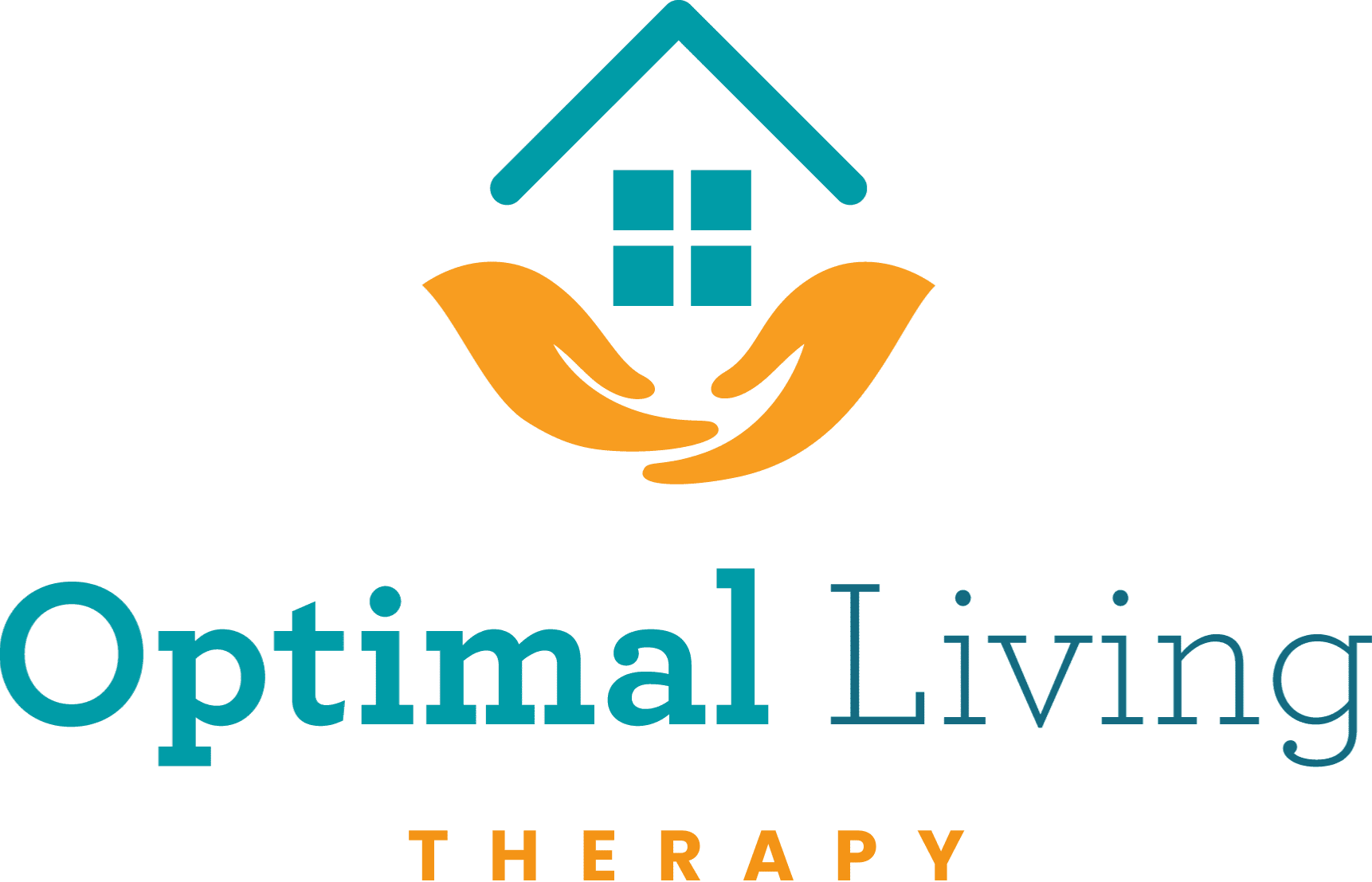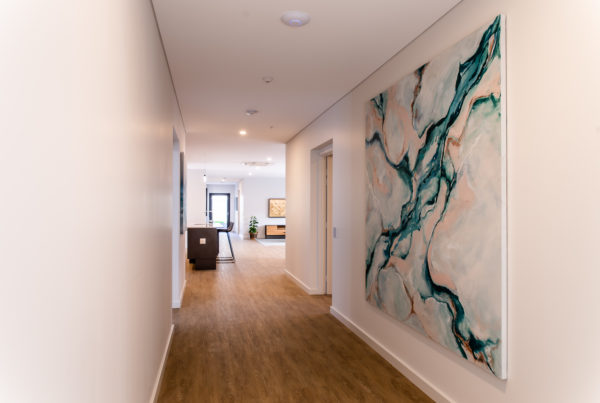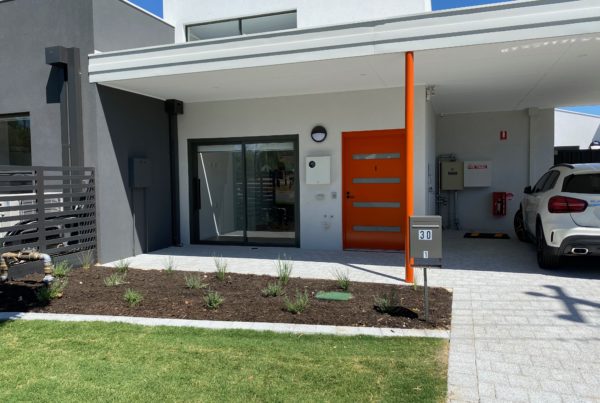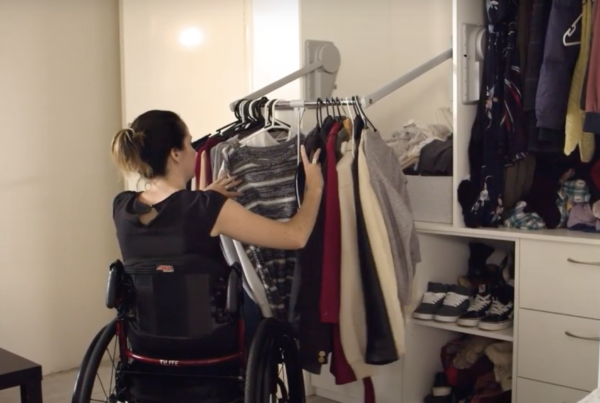“Around one-third of Australian households contained a person with disability (35.9% or 3.2 million households).” Australian Bureau of Statistics (ABS) Survey of Disability, Ageing and Carers (2015).
Australia’s national housing stock, like our population, is ageing quickly – and as a result we have a high percentage of homes that are poorly designed to meet the changing needs of its current or future occupants.
Whilst you may have expected (and accepted) this is the case with older homes, you may find it shocking to discover that new builds in Australia are still designed and constructed without any uptake of key accessibly features as the national construction code doesn’t promote/necessitate them.
The Australian Bureau of Statistics tells us that around 14 percent of people with a disability are living alone in a home that has had accessibility modifications made to it. This doesn’t include the 11 percent of people with disability living with family, friends or in disability accommodation that has also required home modifications.
These percentages translate to almost half a million home modifications – ranging from grab rails to structural changes that are required in order for a person to live in their home with independence, safety and dignity. The majority of these changes had to be made because of poor design and inaccessibility – at a much higher cost than if basic accessibility had been included at the design and build phase.
So what is the solution?
Livable Housing Australia was established in 2009 with its key strategic goal being that ‘all new homes would incorporate universal design and ‘Livable housing’ features by 2020. However it is 2018 and we still have a significant shortage of appropriate, accessible homes for participants eligible for specialist disability accommodation under the NDIS. So why
are we, in 2018, still continuing to build Peter Pan homes in astronomical numbers?*
*(Peter Pan Housing is a term coined by Dr Jon Pyoons at the USC Davis School of Gerontology that aptly describes the phenomenon of designing and building homes for people who don’t age, never get injured and don’t have anyone older younger or less physically able visiting their home)
Where I believe Livable Housing has failed to achieve its most significant strategic (albeit lofty) goal is in the failure to achieve market transformation and have local, state and federal government enforce the uptake of these guidelines in the building sector.
The result has been that less than 5% of new builds since 2009 have been built to basic accessibility standards (in this case, silver Livable Housing level). The residential building sector in Australia requires a significant cultural overhaul if we are ever going to make a dent in accessible housing shortage and it needs to start with the concept of Livable Housing being viewed as good design that can respond to the changing needs of it’s occupants rather than ‘building accessible housing’.
If we compare ourselves to other countries in terms of housing we can see that the cultural approach is where we are falling short. Across Scandanavia, New Zealand and Canada Livable design is now considered the norm for design and construction in all mainstream housing, as opposed to accessible home being a ‘niche’ or ‘pigeon hole’ in the overall market. This is cultural shift we have to make if we are going to meet the market demand for livable homes in future.
Quite simply we cannot afford to continue to build ‘Peter Pan homes’ when our population composition demands accessible, livable homes.
